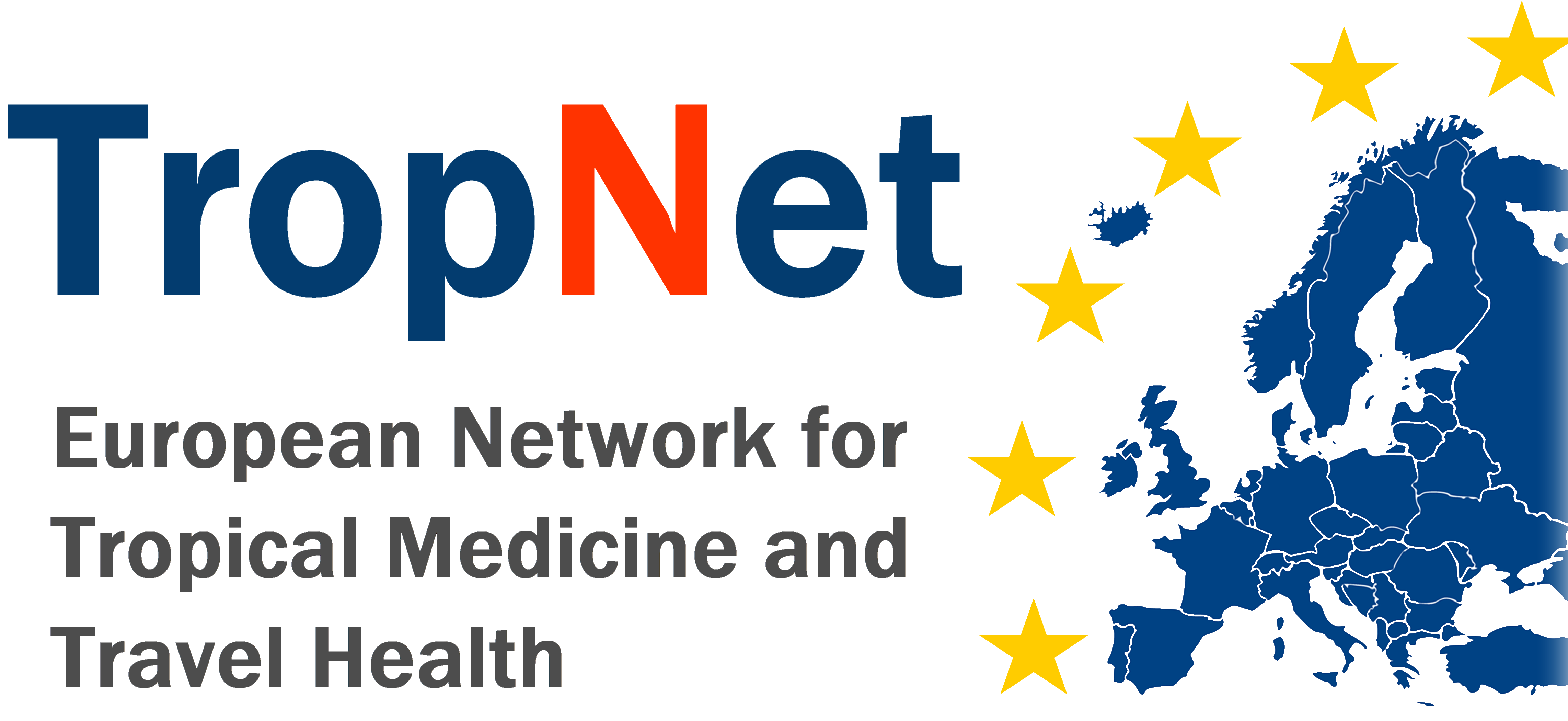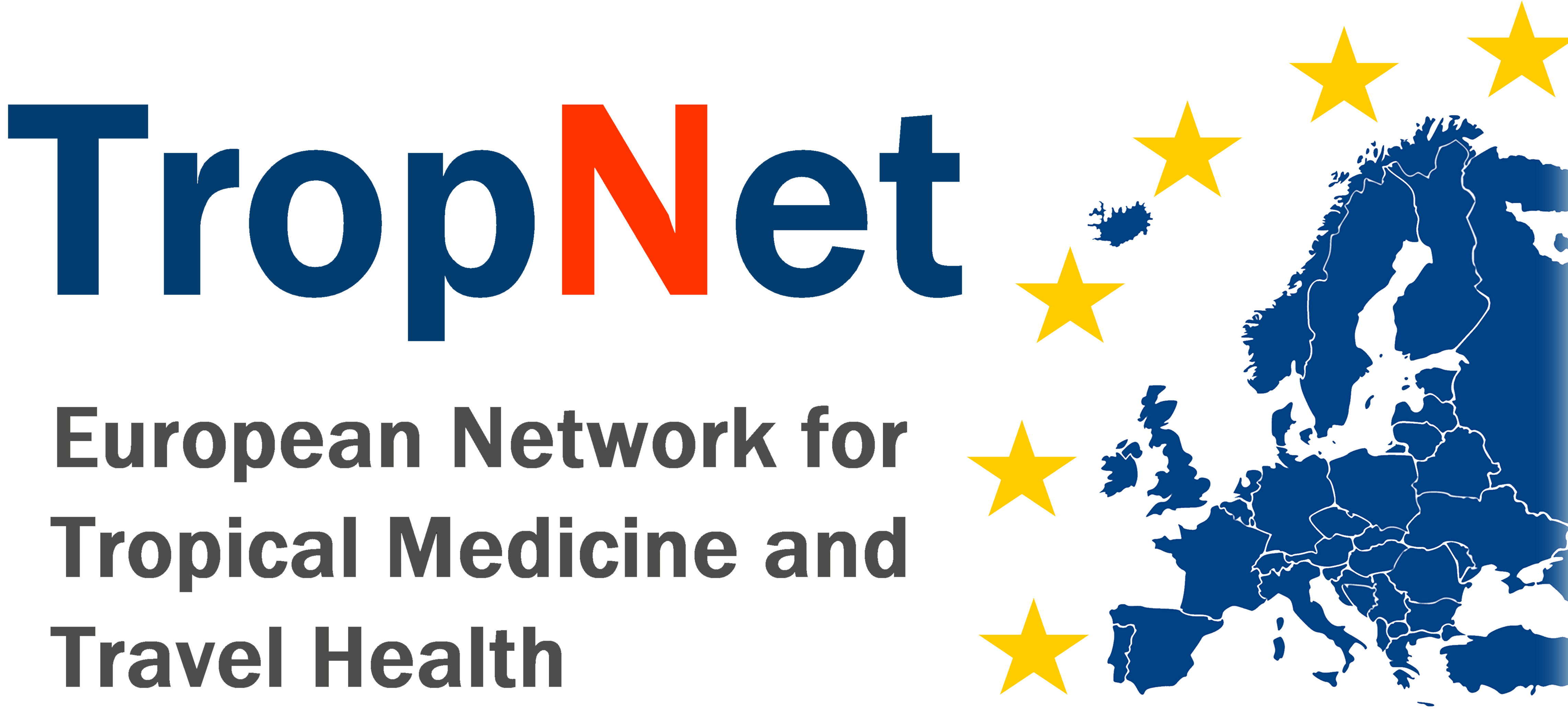Last Updated on
Dengue & Chikungunya Imported Cases in Europe
Background
Dengue (DENV) & Chikungunya (CHIKV) are the more frequently imported arthropod borne viruses in Europe. Acute CHIKV infections and primary DENV infections are clinically similar, although CHIKV is less associated to haemorrhagic signs, and causes more arthralgias than DENV. The aetiology of this clinical syndrome requires the virological study of acute samples. DENV strains are grouped in four different serotypes; each serotype in different genotypes, and each genotype in different lineages. Some of these strains are highly epidemic and causes severe primary infections, but severe secondary infections in which two serotypes caused each infection are more frequent.
CHIKV causing the Italian outbreak had a mutation (E226V) involved in higher levels of virulence.
Risk of reintroduction in Europe
South Europe is presently at risk of reintroduction of Dengue virus (DENV) and Chikungunya Virus (CHIKV) infections
Humans are very efficient reservoirs, and
Some areas have stable populations of their vectors
A recent report in PROMED mail suggested that Aedes albopictus is spreading northward into Europe, since the mosquitoes were found in eastern Lyon in France
An infected and viraemic person returned from endemic countries in an area with vector presence could start transmission and spread infection .This scenario was observed in Italy in the summer of 2007 when a case of imported CHIKV infection caused an outbreak
The last DENV outbreaks in Europe were in 1927, affecting most of the Mediterranean countries; however its main vector Aedes aegypty disappeared from Europe after 1950s. Unfortunately, this vector has already been found in Madeira Island (Portugal), and its reintroduction in the Mediterranean Basin can not been excluded.
Previous studies and networks collaborations
DENV strains imported in Europe seem to be more variable than imported CHIKV. Previous studies of imported CHIKV&DENV in Europe allowed the identification of new countries with circulation of these viruses, and the virological characterization of these strains, sometimes detected in countries lacking proper diagnostics and surveillance systems. Many of these endemic countries do not have proper virological capacities and are at risk of highly virulent outbreaks of severe infection. The common efforts of the European Network for Imported Viral Diseases, the EuroTravNet, and the TropNetEurop will help us to act as sentinel observatories of worldwide DENV and CHIKV activity and will allow us to improve the knowledge on these infections to be prepared for its potential introduction in Europe.
Significance of the study
A comparative study of the clinical signs, symptoms and biomarkers associated to DENV and CHIKV imported infections in Europe will identify those markers useful for differential diagnosis in the clinical practice. Moreover, in order to check the efficiency of the new WHO criteria for case classification in travellers, this study will compare them whit the old ones. The virological study of DENV and CHIKV imported infections in Europe will produce maps of circulating serotypes, genotypes and lineages in endemic countries. Expected deliverables of the project are:
- Clinical and epidemiological features of acute DENV and CHIKV imported infections in Europe
- Clinical and analytical markers useful for differential diagnostics in clinical practice
- Comparative evaluation of the OLD and the NEW Dengue clinical classifications
- Map of DENV circulating serotypes and genotypes
- Map of CHIKV circulating lineages
- Map of CHIKV strains with higher epidemic potential associated to adaptation to the vector A. albopictus
Study design
Inclusion criteria:
Patients suspected to acquire an imported CHIKV or DENV infection in Europe, attending the clinical units in the study between 1st July 2010 and 30th June 2012, and:
Fever (≥ 38 ºC) starting up to 11 days after staying in an area with a known or suspected presence of Aedes aegypti or Aedes albopictus (OR showing the presence of DENV or CHIKV virus in any clinical sample in a ENIVD laboratory),
AND
With a serum sample obtained up to 7 days after the first day of fever,
AND
With known, most probable country of infection
Research groups
This study is a joint research project of the
and joins the efforts of clinical units and virology labs.

